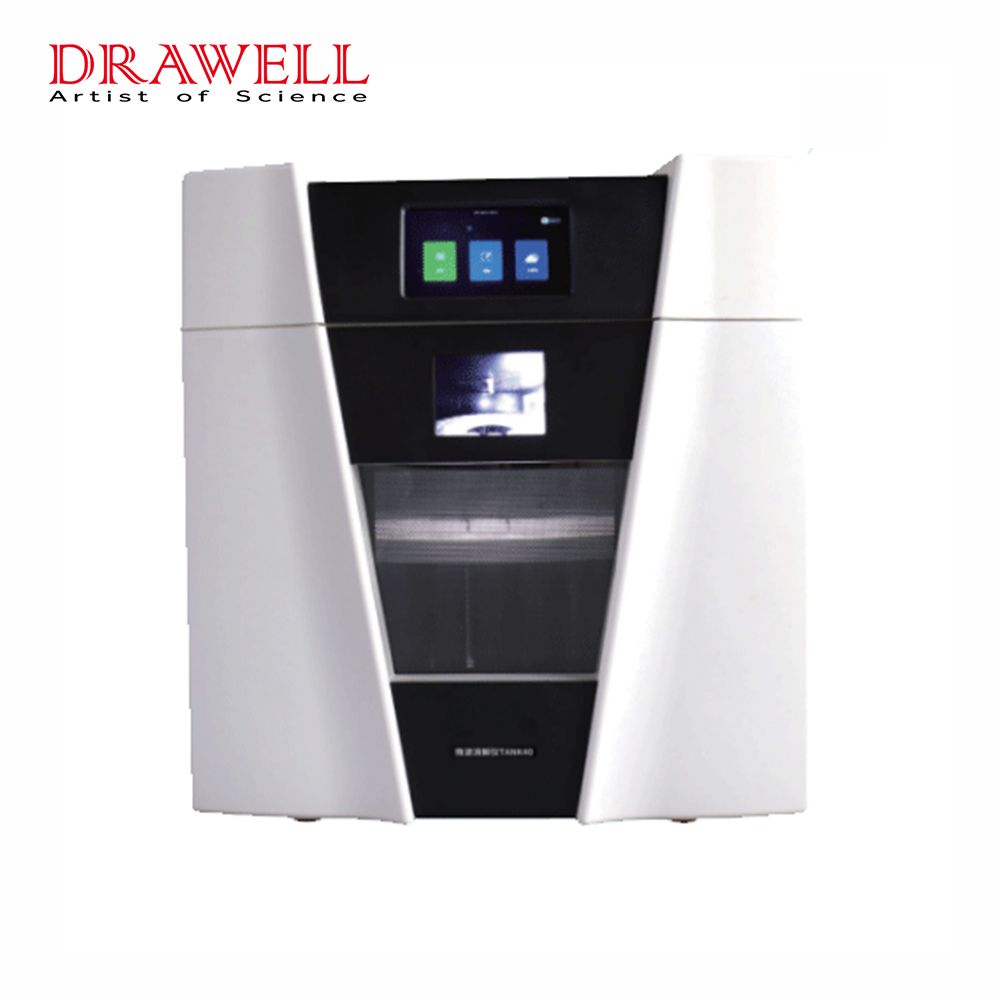Microwave digestion systems use cutting-edge technology to expedite and improve sample digestion, revealing significant insights and furthering our understanding of complicated materials. This article delves into the topic that how microwave digestion systems work, exploring their significance, their key components for working, and the operation steps of a microwave digestion system.
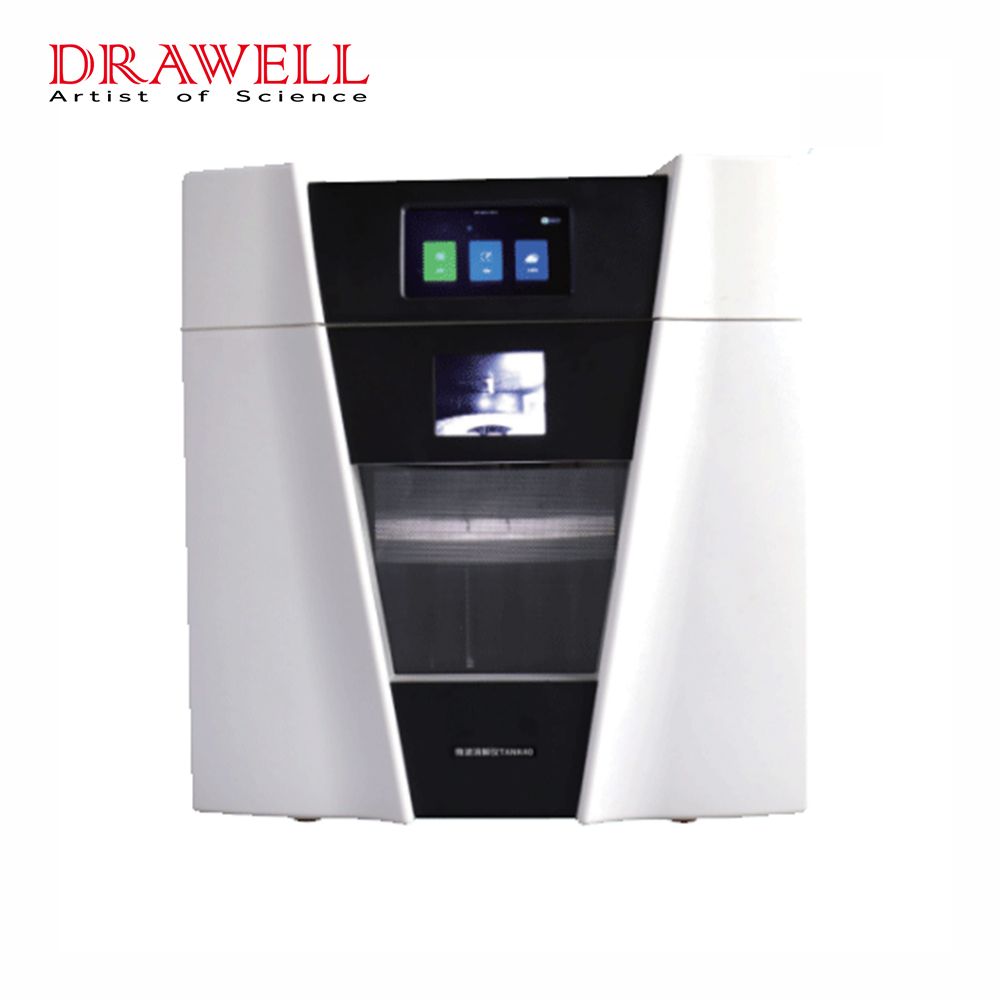
Why Microwave Digestion Systems are Important?
Microwave digestion is a method for separating complicated materials into simpler components for analysis. It entails exposing materials to microwave radiation under regulated conditions in the presence of reactive compounds known as digesting reagents. This method degrades the molecular structure of samples, allowing them to be analyzed using various analytical techniques.
A Microwave digestion workstation is an exceptional instrument in the world of modern analytical chemistry and scientific research, having transformed the process of sample preparation by reducing the amount of digesting reagents required, reducing the amount of digesting reagents required, minimizing chemical waste and costs. It can be applied to a wide range of sample types, including solids, liquids, and even difficult-to-digest materials. A microwave digestion system often allows for the simultaneous digestion of multiple samples, increasing laboratory throughput.
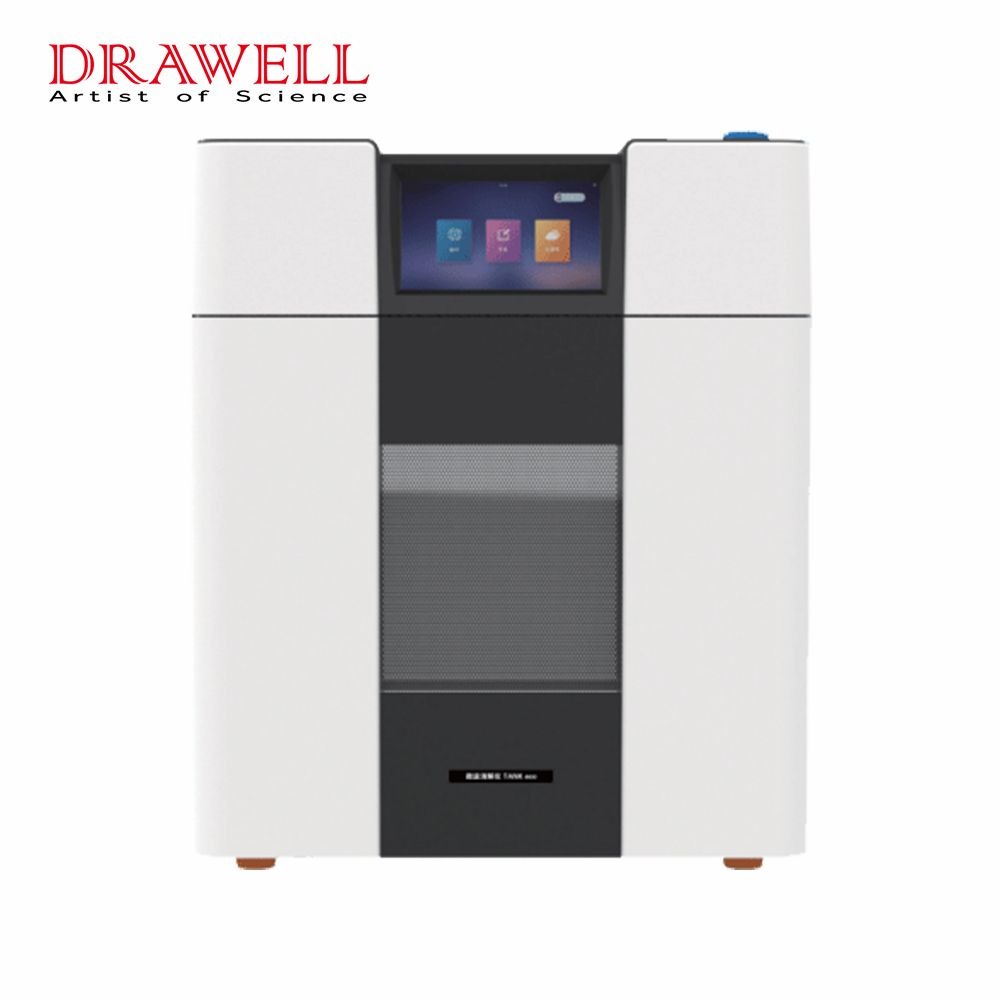
What are the Key Components of Microwave Digestion Systems?
Microwave sample preparation systems are transformed into powerful tools by the delicate synergy of these components, which expedites the sample digestion process while maintaining accuracy, safety, and efficiency.
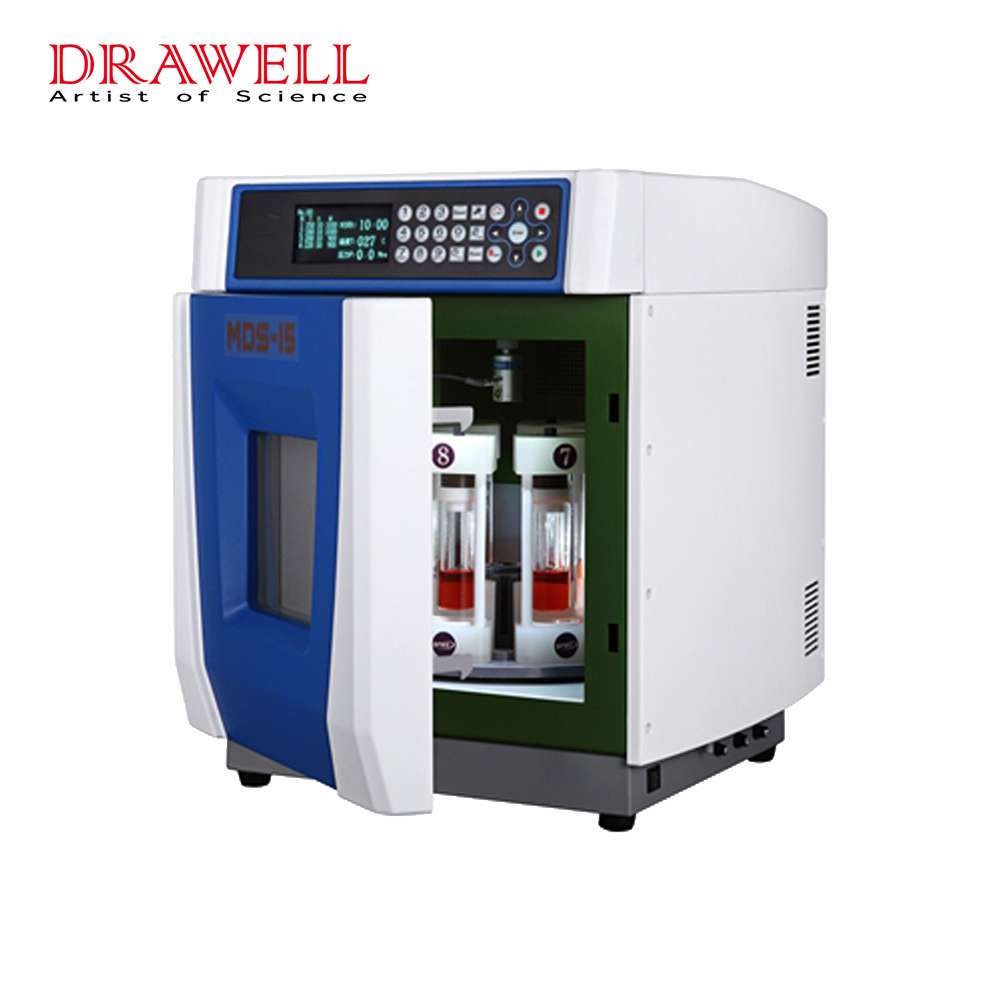
1. Microwave Cavity
The microwave cavity is the digestive system’s heart, where microwave radiation is created and directed at the sample. This cavity guarantees that microwave radiation is distributed uniformly, allowing for constant and efficient heating of the sample. It is intended to improve energy transmission and reduce reflections, promoting even digestion.
2. Temperature and Pressure Control System
The temperature and pressure control system is in charge of keeping the vessels at optimal digesting temperatures. The temperature and pressure profiles are adjusted based on the digesting technique and sample type. Accurate and reproducible outcomes require precise control.
3. Microwave Generator
The microwave generator produces electromagnetic waves that cause heat to be generated within the digestive cavity. These waves interact with the sample’s polar molecules, creating rapid chemical motion and friction, which generates heat. The power output and frequency of the microwave generator are precisely tuned for maximum digestive efficiency.
4. Cooling Mechanism
It is critical to gently cool down the digesting vessels after digestion to avoid rapid pressure release and sample loss. Cooling mechanisms, such as air or water cooling, are integrated into the system to facilitate safe cooling while preventing thermal shock to the vessels.
5. Control Interface and Software
Control interfaces and software platforms for modern microwave digestion systems are user-friendly. Users can use these interfaces to establish parameters, monitor digestion progress, and alter conditions as needed. In addition, they provide real-time input on temperature, pressure, and other critical factors.
6. Safety Features
In microwave digesting systems, safety is of the utmost importance. They include pressure relief valves, interlocks to prevent unauthorized entry during digestion, and emergency stop buttons, among other features. These elements safeguard the safety of laboratory staff and help to avoid catastrophes.
7. Exhaust and Ventilation System
Digestion processes might produce gases, fumes, or vapors that must be controlled carefully. An exhaust and ventilation system ensures that these wastes are efficiently removed from the laboratory environment, ensuring a safe and clean working environment.
8. Analytical Accessories
Some microwave digestion systems include analytical accessories that allow for post-digestion sample examination. These accessories provide a more efficient workflow and decrease the need for sample transfer between devices.
9. Sample Racks and Loading Systems
Sample racks and loading systems aid in the simultaneous digestion of several samples in high-throughput laboratories. These methods ensure that the digesting vessels are consistently positioned within the microwave cavity, increasing efficiency and reproducibility.
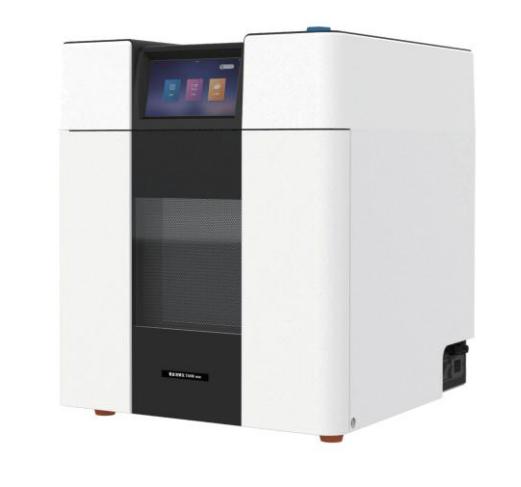
What are the Working Steps of Microwave Digestion Systems?
- Sample Preparation
The sample, which is frequently solid or liquid, is weighed or measured before being placed in a digesting vessel.
- Digestion Vessel
The digesting vessel is a highly specialized container that can tolerate microwave radiation and extreme temperatures. It has a pressure-sealing system to prevent gases and vapors from escaping.
- Digesting Reagents
Depending on the type of the sample and the elements to be examined, appropriate digesting reagents are added to the sample. These reagents aid in the dissolution of molecular bonds.
- Microwave Radiation
The digesting vessel is inserted into the microwave digestion system, which employs regulated microwave radiation. Microwaves produce heat due to molecular friction, quickly raising the temperature of the sample and accelerating digestion.
- Temperature and Pressure Control
To guarantee optimal digestion conditions while preventing excessive pressure building, the system precisely controls the temperature and pressure within the digestion tank.
- Cooling Phase
After digestion is complete, the system gently cools the vessel to prevent sudden pressure release, which could result in volatile compound loss.
Conclusion
The microwave digesting system is a testament to how scientific innovation and practical utility can coexist. Researchers and analysts can reveal the secrets hidden within complicated samples by leveraging the power of regulated microwave radiation, allowing for precise analysis and informed decision-making. This technique has not only improved laboratory procedures but has also pushed the bounds of scientific investigation, stretching the envelope of human understanding and discovery.

